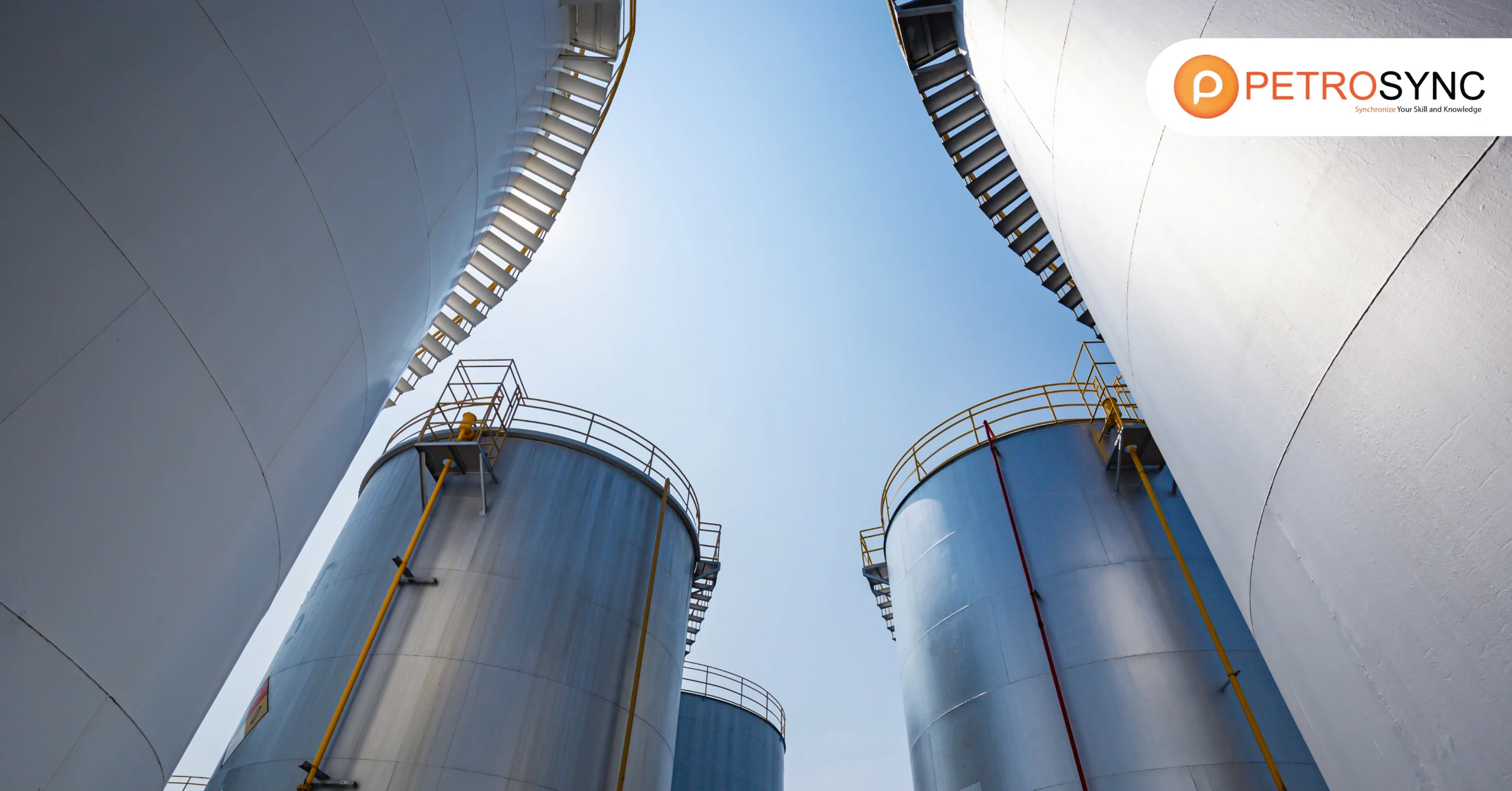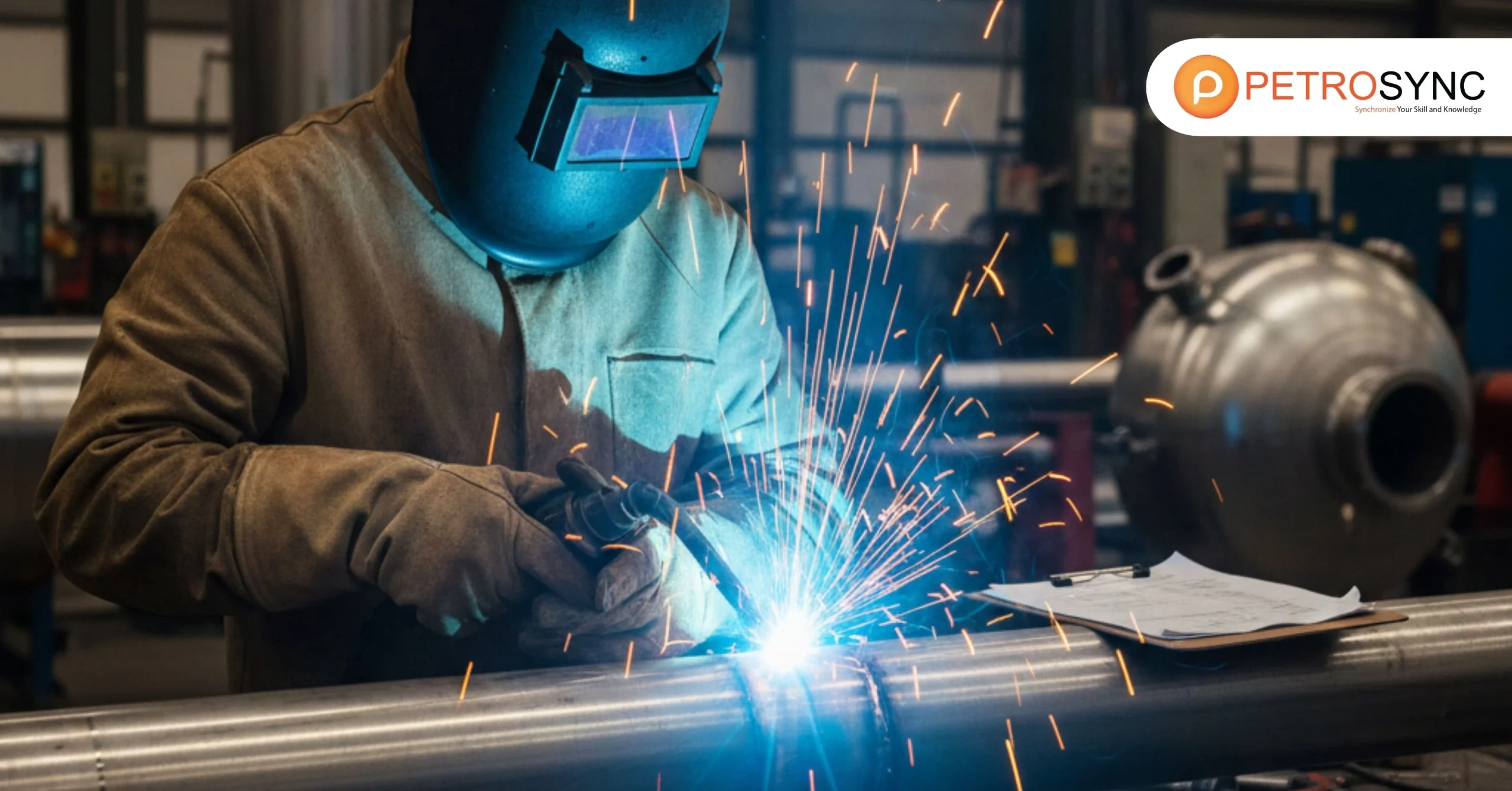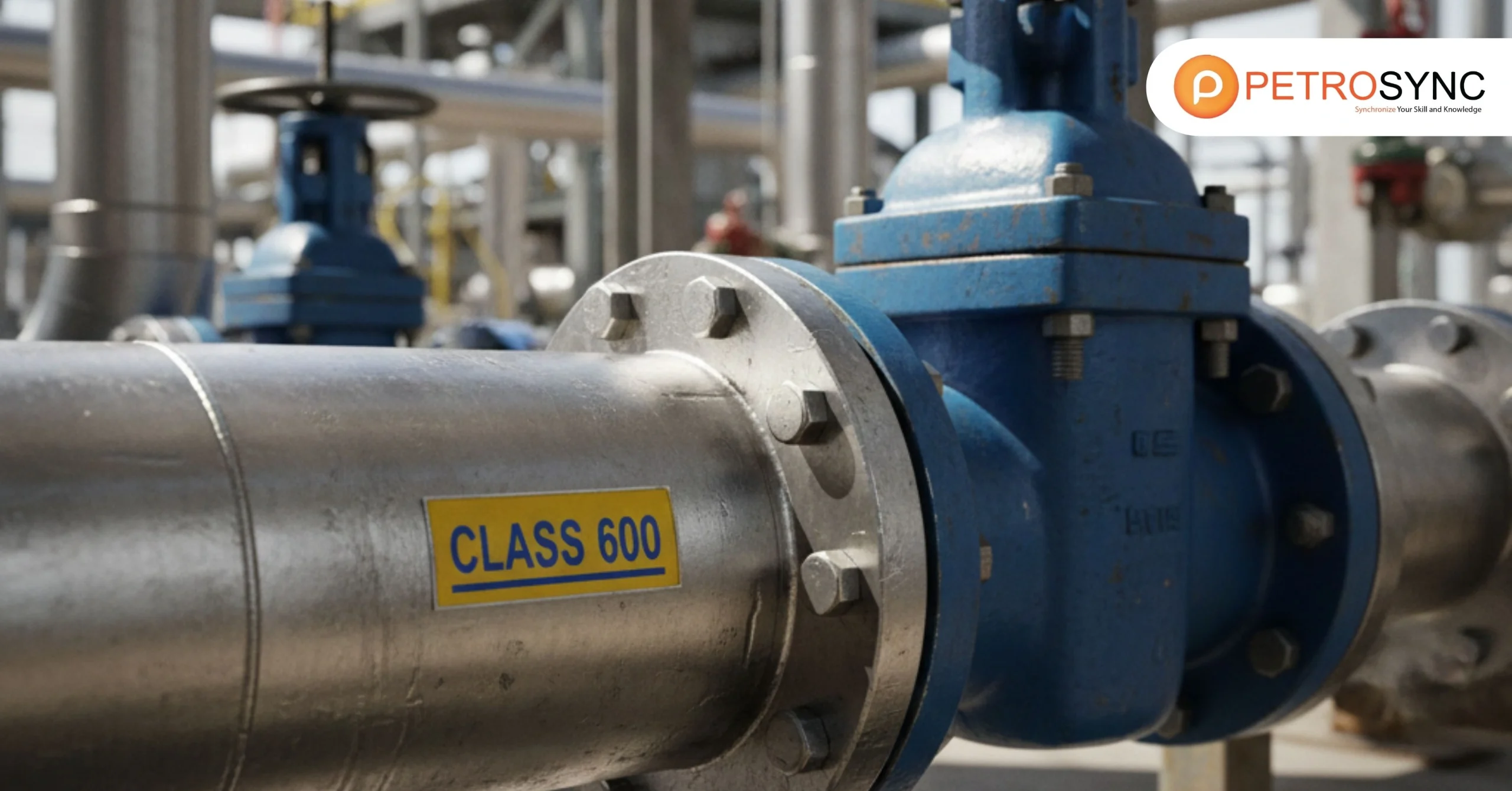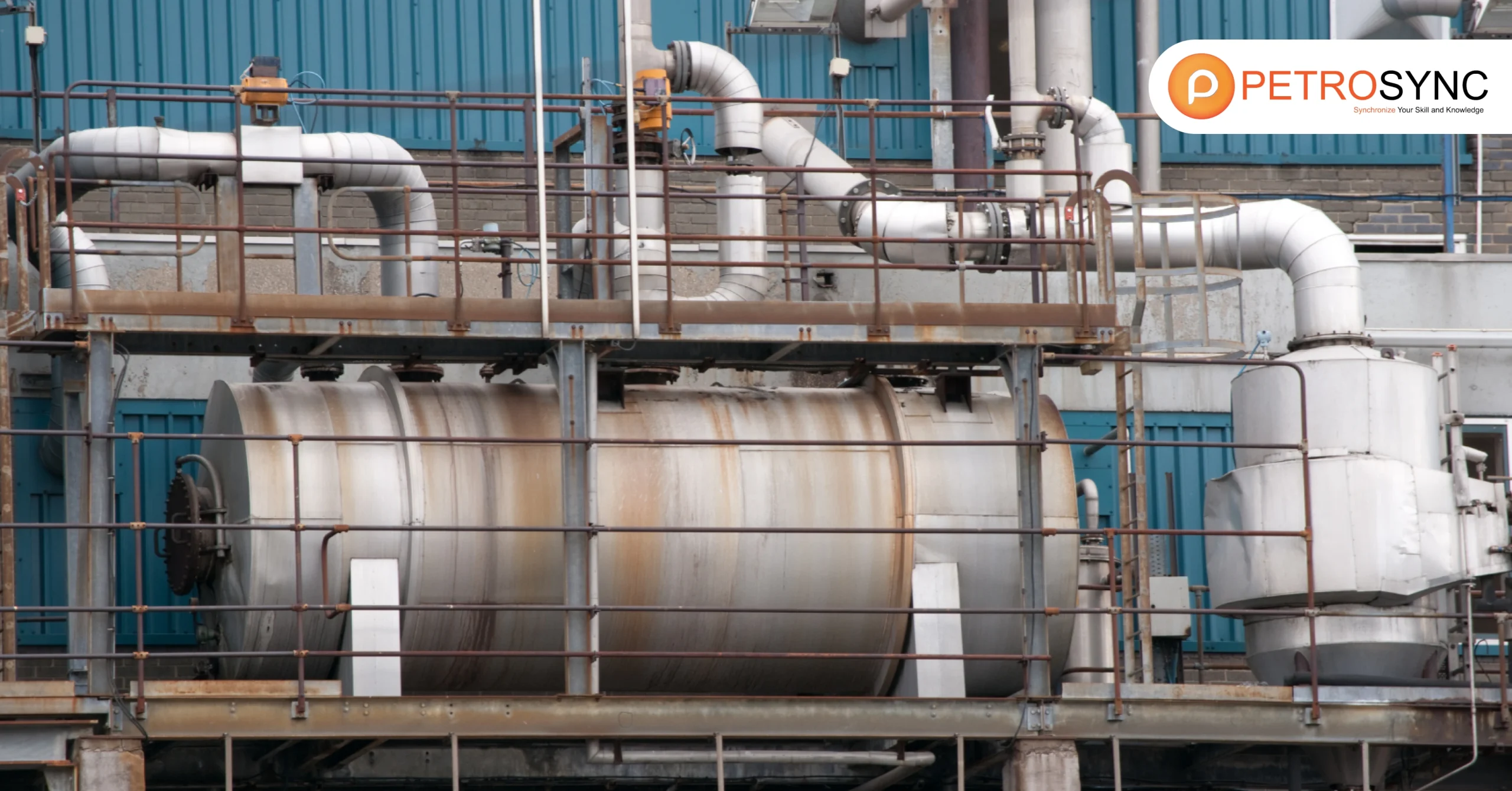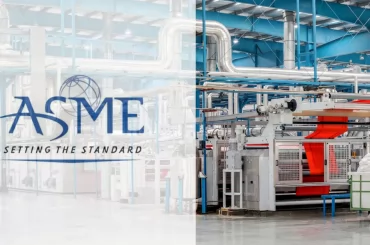In addressing the difficulties of climate change the best solution is lowering carbon emissions especially for the energy sector. Carbon Capture and Storage (CCS) is a prominent and fast evolving technology. Carbon Capture and Storage is an innovative technology for storing and trapping carbon dioxide (CO2), preventing greenhouse gases from reaching the environment.
This article will go into greater detail regarding Carbon Capture and Storage (CCS) and how it differs from other energy-related technologies. PetroSync created this 4-day course, participants will be equipped with the knowledge and skills to design, operate, and manage wells used in underground carbon dioxide (CO2) storage.
At the end of the course, participants will be able to apply their knowledge to design, operate, and manage wells for CO2 storage projects, evaluate the feasibility of CO2 storage sites, identify and mitigate risks associated with CCS operations, and communicate CCS technology effectively.
What Is Carbon Capture and Storage?
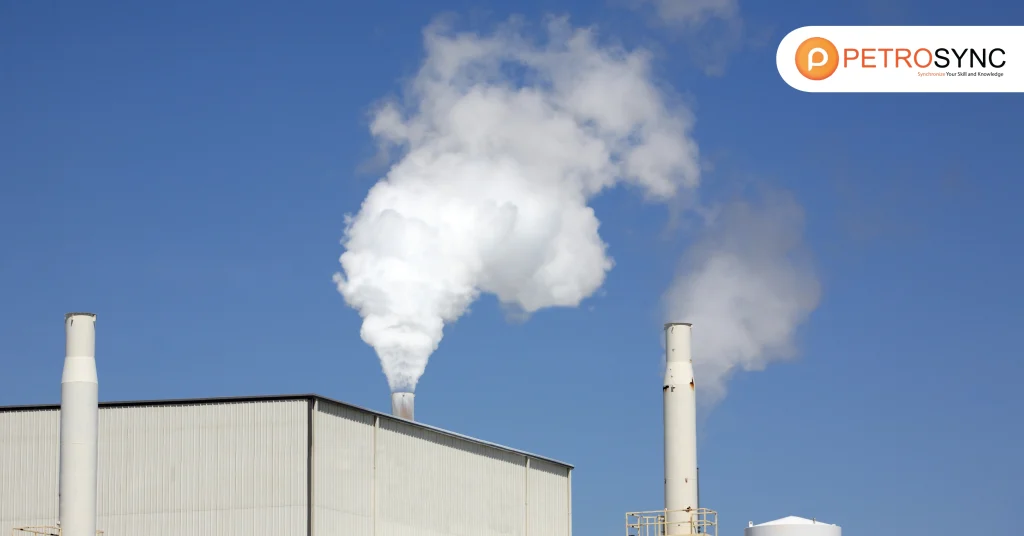
Carbon Capture and Storage (CSS) is a mitigation technology that removes CO2 emissions from big sources such as power stations and industrial sites before they reach the atmosphere. This technology is part of a sequence of interdependent processes. For example, CO2 separation and collection, transit to storage, and safe storage in geological formations. So here are the three main steps. Absorption technique has long been used in industry to separate and capture CO2.
What Are 3 Different Types of Carbon Storage?
Carbon Capture and Storage (CCS) can utilize three different methods of carbon storage:
1. Geological Storage: CO2 can be stored in geological formations such as abandoned oil and gas fields and rock layers far down.
2. Deep Sea Storage: CO2 will be stored on the extremely deep bottom at low temperatures but high pressure to ensure that it remains or is stable.
3. Mineral Storage: To ensure stability, CO2 in some minerals can be converted into carbonate. The formation process is natural, but it can be hastened by technology.
What Are the Best Materials For Carbon Capture?
The best materials for CO2 capture may be found under Carbon Capture and Storage. As a result, absorption is very high and stable. The materials used were the following:
1. Amines
As a method of absorbing Chemistry as a CO2 binder from exhaust gas.
2. Metal Organic Frameworks (MOFs)
As a type of porous structure with a wide surface area, its selectivity in CO2 capture rises.
3. Zeolites
A natural CO2 absorber with a microstructure.
What Is Carbon Capture and Storage Outline?
In general, PetroSync’s Carbon Capture and Storage training plan is presented below. For a more in-depth description of the content, please see our Carbon Capture and Storage training brochure.
Day 1 : Overview
Introductions and Context
- Background on CCS and its role in reducing greenhouse gas emissions, with an
- exercise onchanging greenhouse gas sources in developed nations.
Geological Storage Options
- Overview of CCS history, types of projects, and extend of need to scale up CCS, with a related exercise.
Evidence and Projects
- Insights into CO2-EOR, saline aquifer CCS, hub and cluster plans, and typical injection rates.
CO2 Properties and Storage
- Phase behavior, trapping mechanisms, and storage quantification in saline aquifers vs. depleted gas fields, with an exercise on phase and depth effects
Porosity in Storage Reservoirs
- Typical values, porosity distribution in sandstones and carbonates
Case study and exercise: Porosity controls in CCS reservoirs.
Day 2
Storage Efficiency
- Factors influencing CO2 trapping, including viscosity, buoyancy, and plume radius, with a comparison of efficiency in gas fields vs. saline aquifers. Exercise on storage efficiency influenced by (i) fluid viscosity and (ii) gravity effects.
CO2 Injectivity
- Key role of permeability in injection rates, controls on permeability, and an exercise predicting injection rates
Relative Permeability
- Impact on CO2 flow, formation damage, and intraformational baffles, with an exercise on predicting effect of formation damage on injection rates.
Geomechanical Aspects
- Effects of high-pressure CO2 on stresses, fault failure, and intact rock behavior in saline aquifers and gas fields. Exercise on safe maximum CO2 injection pressure and thus injection rates.
Mineral Dissolution Processes
- Mechanisms, extent, and evidence of dissolution, and its effects on storage and injection rates.
- Case study and exercise: The range effects of dissolution on CO2 storage and injection rate.
Day 3
Mineral Precipitation Processes
- Causes, controls, and likely extent of mineral precipitation during CO2 injection, including halite in saline aquifers and rapid mineral sequestration in basalts.
Top-Seal Attributes
- Mudstone porosity, geochemistry, and effects of CO2, with an exercise on calculating maximum safe CO2 column height.
Leakage Risks
- CO2 diffusion and advection through top-seals, leakage via wells, and interaction with well materials. Exercise on predicting potential leakage rates from saline aquifers.
Geomechanical Issues
- Fault behaviour under CO2 pressure, fault reactivation risks, and fracturing evidence. Exercise on predicting uplift from CO2 injection.
Monitoring CO2 Injection
Purposes, methods, costs, and regulatory requirements, with a focus on risk assessment using immediacy versus severity matrices.
Case study and synthesis comparing the successful Sleipner (Norway) and the terminated In Salah (Algeria) CCS projects in terms of perception of leakage risk
What Are the Benefits of Carbon Capture and Storage?
Participants in Carbon Capture and Storage training will reap major benefits in the industrial sector, including:
1. Reduced emissions
CO2 will be caught before it is released into the atmosphere. So it can lower greenhouse emissions, which are critical in Carbon Capture and Storage (CCS).
2. Application of Energy Transition
Carbon Capture and Storage using fossil energy is projected to be cleaner and more efficient as the world transitions to renewable energy.
3. Industrial Utilization
Oil production or raw materials in the chemical sector will rise by capturing CO2 in the event of carbon capture utilization and storage.
Who Should Attend Carbon Capture and Storage?
Carbon Capture and Storage training for professionals is vital for improving knowledge, insight, and skills. Our Company specifically targets audiences for training. Here are the targets :
- Engineers and geoscientists involved in CCS projects
- Wellbore integrity specialists
- Project managers
- Regulators
By defining a target audience, it can simplify the experience for professionals participating in Carbon Capture and Storage training at PetroSync.
Transform Your Business with PetroSync’s Carbon Capture and Storage Expertise
It is time to take action. Integrating CCS into your processes can help you protect your company’s future in a fast changing industrial context. PetroSync is here to help people learn about and practice. Invest in to pave the road for a greener, more sustainable energy future. Contact us today to learn more about training and how we can assist you in taking the next step on your sustainability path.

Results-oriented and thorough SEO specialist with extensive experience in conducting keyword research, developing and implementing digital website promotion strategies and plans, managing campaigns to develop company websites in the digital world, excellent knowledge of marketing techniques and principles, and attentive strong attention to detail.

